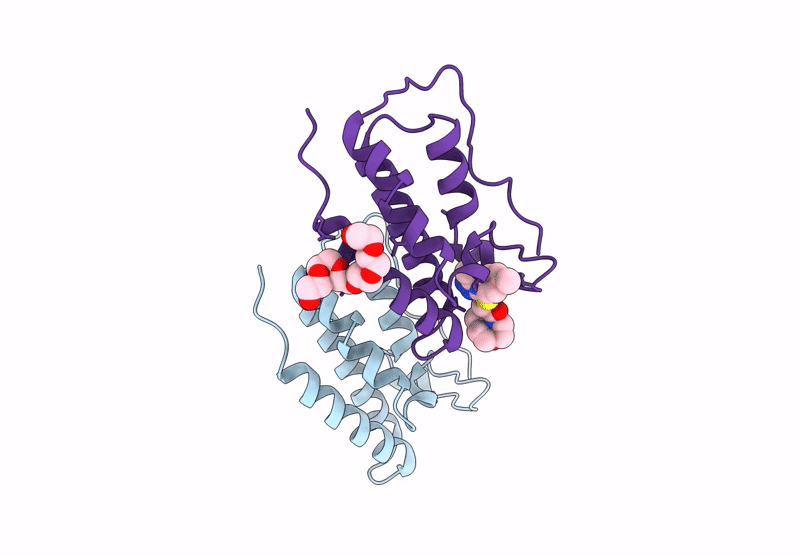
Deposition Date
2024-12-19
Release Date
2025-08-13
Last Version Date
2025-08-13
Entry Detail
PDB ID:
9HT1
Keywords:
Title:
A novel bottom-up approach to find lead-compounds in billion-sized libraries
Biological Source:
Source Organism:
Homo sapiens (Taxon ID: 9606)
Host Organism:
Method Details:
Experimental Method:
Resolution:
1.94 Å
R-Value Free:
0.22
R-Value Work:
0.17
R-Value Observed:
0.17
Space Group:
P 21 21 21


